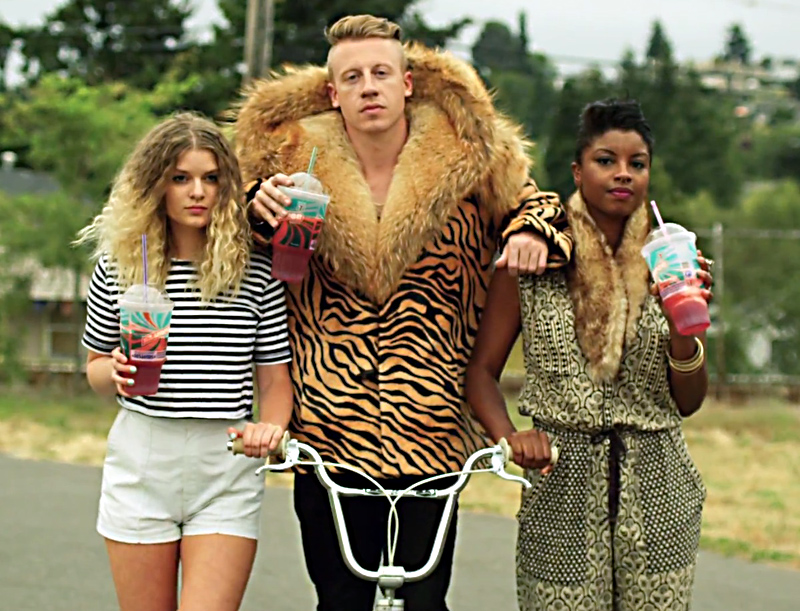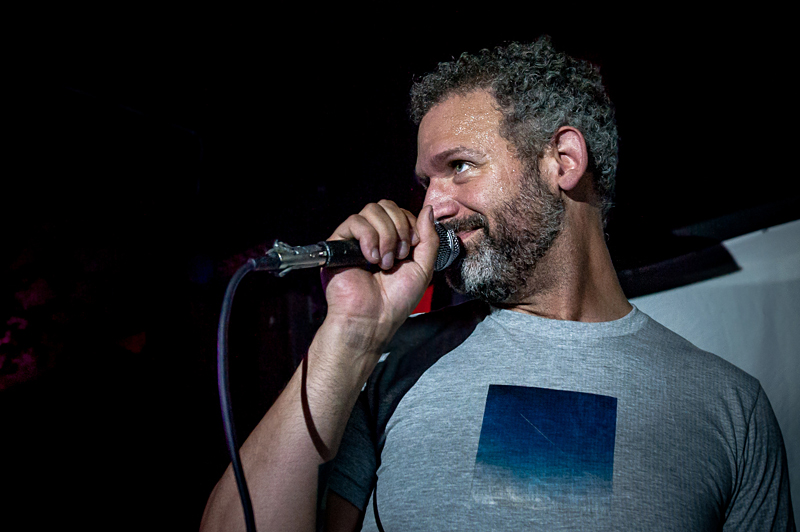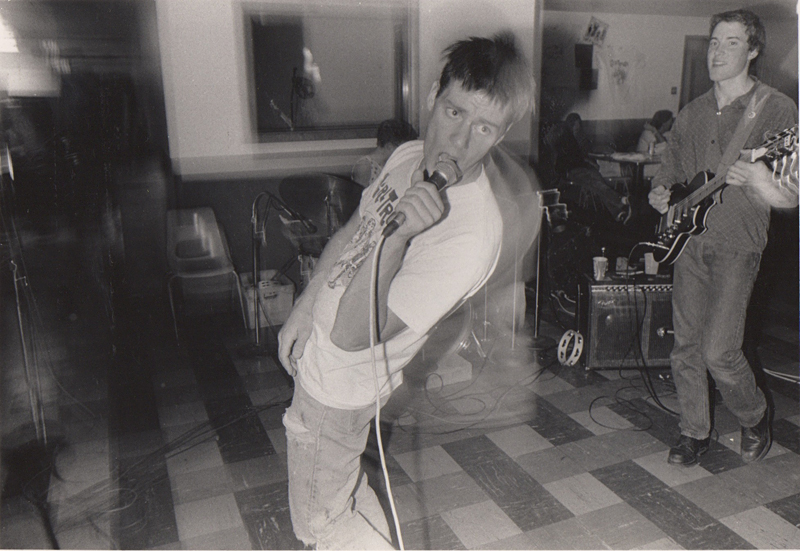I was having lunch with a few Seattle grunge-era musicians last week when one began to wax nostalgic about the genre’s heady, halcyon days. He had been at the first-ever Pearl Jam show at the Off Ramp (now El Corazon) on Eastlake Avenue on October 22, 1990.
“Eddie Vedder had hardly ever been onstage before,” my lunch mate noted. “It was not the Pearl Jam that everyone came to know and love.” The band had “no leader,” my friend recalled, and Vedder mumbled rather than belted, holding a notebook of lyrics in his hand.
That show was more than 20 years ago, but my lunch mate—with a gold record of his own—was suggesting something that even today in Seattle sounds a bit heretical. As Pearl Jam sits as the single most beloved still-standing Seattle ’90s rock band, their first shows, decades ago, have taken on mythic qualities in the imagination of all but the 30 people who were there. Like many of the recollections of early grunge, the tales of that initial gig have often been apocryphal, at times distorted.
For clearer-eyed reporting on that initial show, played under the name Mookie Blaylock, look to the band’s own comments. Jeff Ament told Pollstar in 1991 that their first gig “was rough . . . I think Eddie was kind of freaked out . . . Everyone was really nervous.” Vedder was the least experienced player in the band (Ament and Stone Gossard had been in Mother Love Bone, Mike McCready in the overlooked Shadow). McCready said of that year, “[It] was mostly Stone and Jeff; me and Eddie were along for the ride at the time.” Pearl Jam changed their name, but still named their first album Ten, after basketball player Mookie Blaylock’s number.
When Pearl Jam returned to Seattle a year later after a long nationwide tour, they were seasoned veterans. The 1992-model Eddie Vedder showed improved performance under the hood. Without disparaging the contributions of the other members, PJ became a great band when Vedder decided it was his group. When Eddie led, the others found the freedom to add texture, and the band grew creatively.
Which leads us to Live on Ten Legs, out this week. It is the first salvo of PJ’s 20th-anniversary celebration, which will see deluxe reissues of Vs. and Vitalogy (PJ’s two best albums), a festival concert this summer, and Cameron Crowe’s documentary Pearl Jam Twenty. All will bring increased focus upon the early days, witnessed by few but remembered by many, often with Vaseline on the lens. Live on Ten Legs illustrates another part of the PJ story that also gets distorted, but for different reasons. As much as the band’s early shows get inflated reviews, their past decade is often disregarded and diminished by nostalgia for Ten.
By 2000, a new Pearl Jam began to take shape—a better one. Matt Cameron became the drummer; new albums were no longer instantly platinum; and Pearl Jam’s live shows became their primary creative outlet. At the same time, PJ were releasing “official bootlegs” of every concert, with 72 such releases that year alone.
Live on Ten Legs culls a dozen and a half tracks from the official bootleg tapes of the band’s tours from 2003 to 2010. The hard-core fan base already has this stuff, one reason some of the spin on online message boards has been less enthusiastic about this CD. But for a casual fan, or one with less than a hundred PJ bootlegs, Live on Ten Legs is an ideal foothold to explore their modern-era shows.
The tracks come from a half-dozen different tours, and they segue seamlessly. As they age, Pearl Jam sounds increasingly like the early Who (Vedder’s biggest idols), with a modish pop energy on every track and less of the distorted, anthemic rock associated with Ten. Two covers are included: “Public Image” by PiL, and “Arms Aloft,” Vedder’s successful attempt at morphing into Joe Strummer.
The Who influence seems most apparent on the newest tracks from 2009’s Backspacer. That “The Fixer” would logically follow “Rearviewmirror,” or that “Got Some” could trail longtime fan favorite “Animal,” speaks to PJ’s consistency. In concert, they now create a toned-down aesthetic that seeks an alternate rock world in which they began small and stayed that way. This frees all but the biggest hits from their cultural baggage. The only clinker here is “Jeremy,” a song with a shadow so large it overwhelms the “real world” Pearl Jam, and unfortunately evokes MTV’s The Real World, which almost destroyed Pearl Jam in the first place.
Vedder ends “Porch” on Ten Legs by promising the audience that the encore isn’t over. “We’re still here,” he says.
He sounds nothing like the shy introvert onstage that night at the old Off Ramp, and his promise may be a credo for the Pearl Jam of the future.








